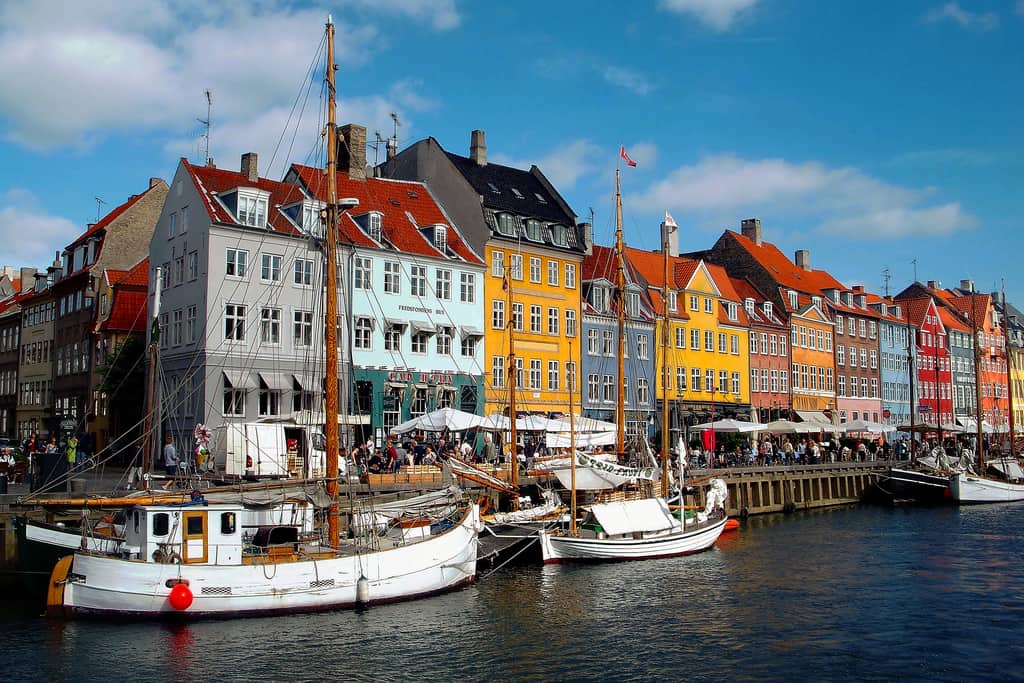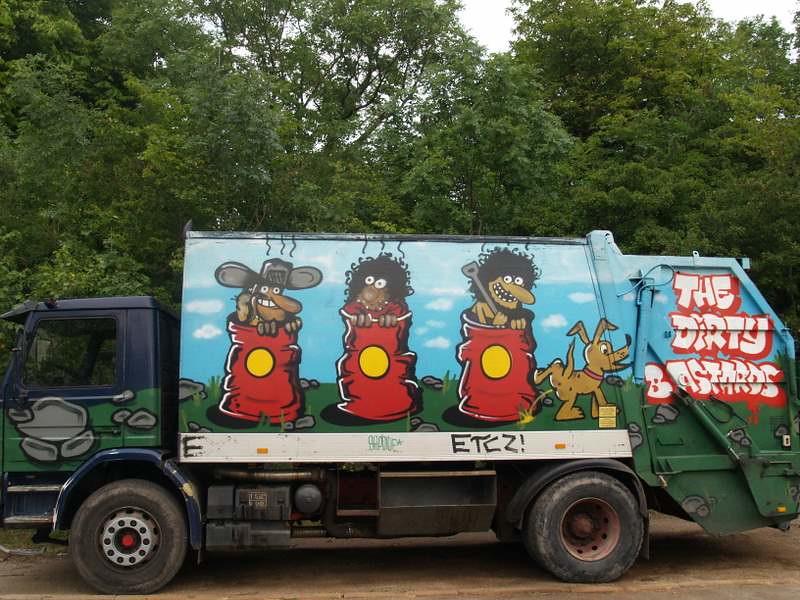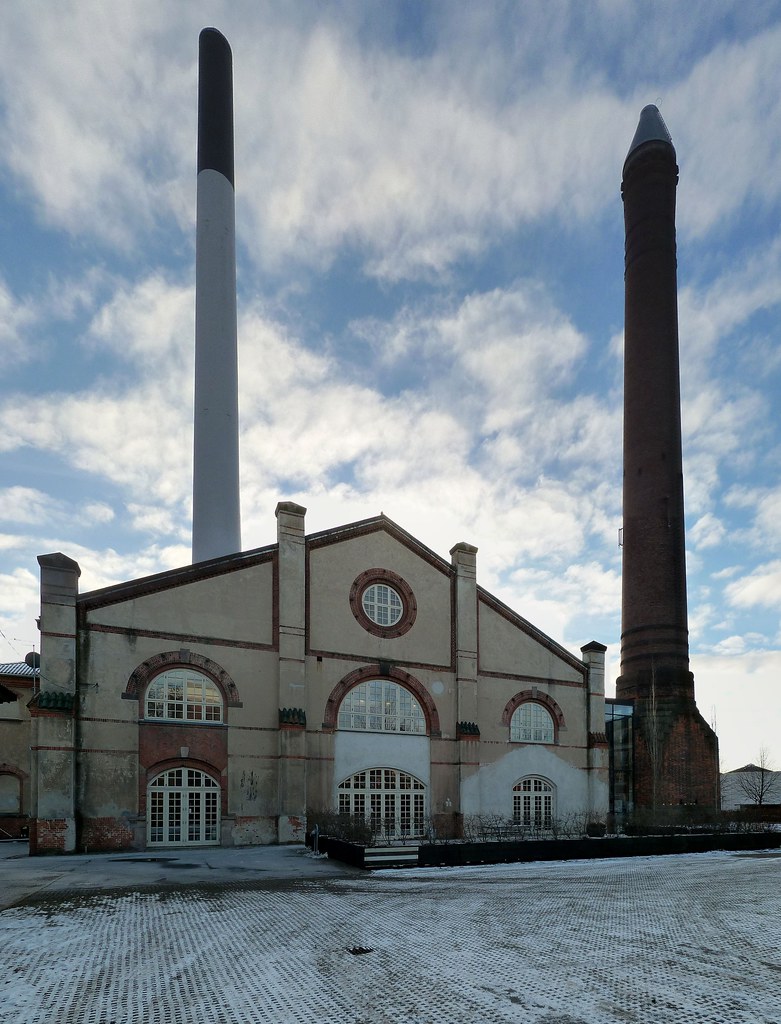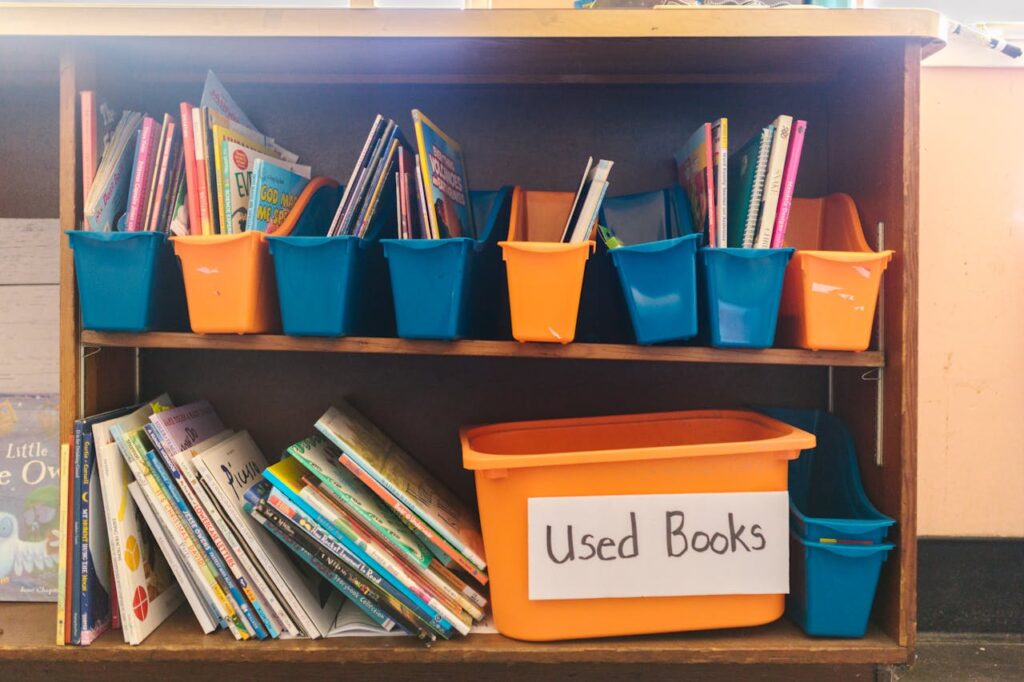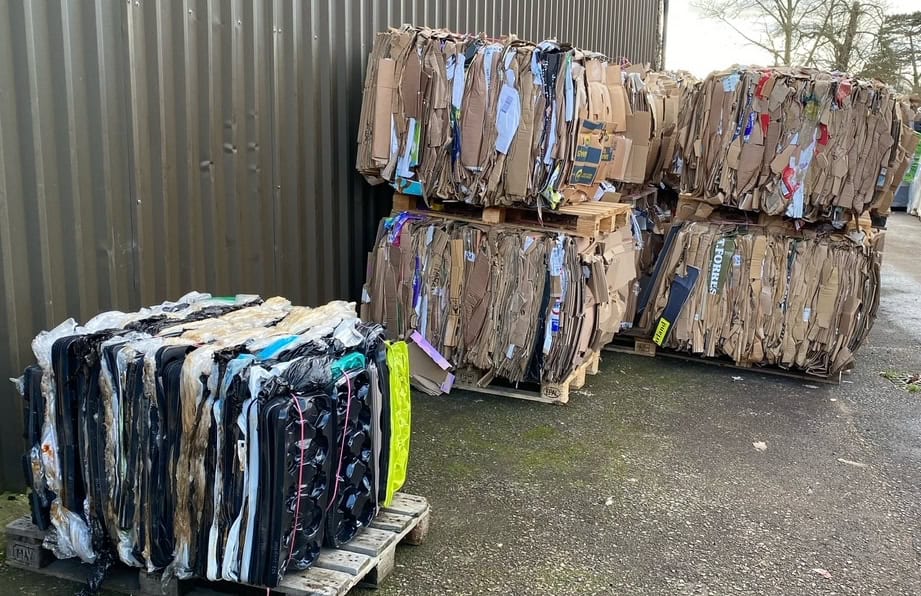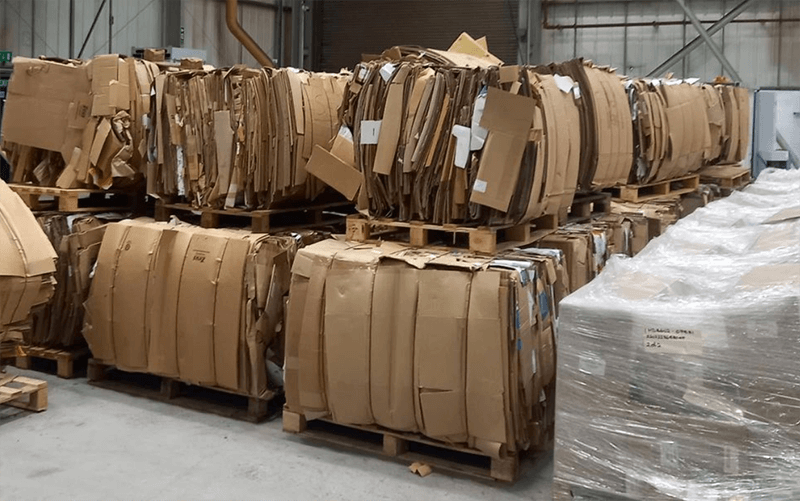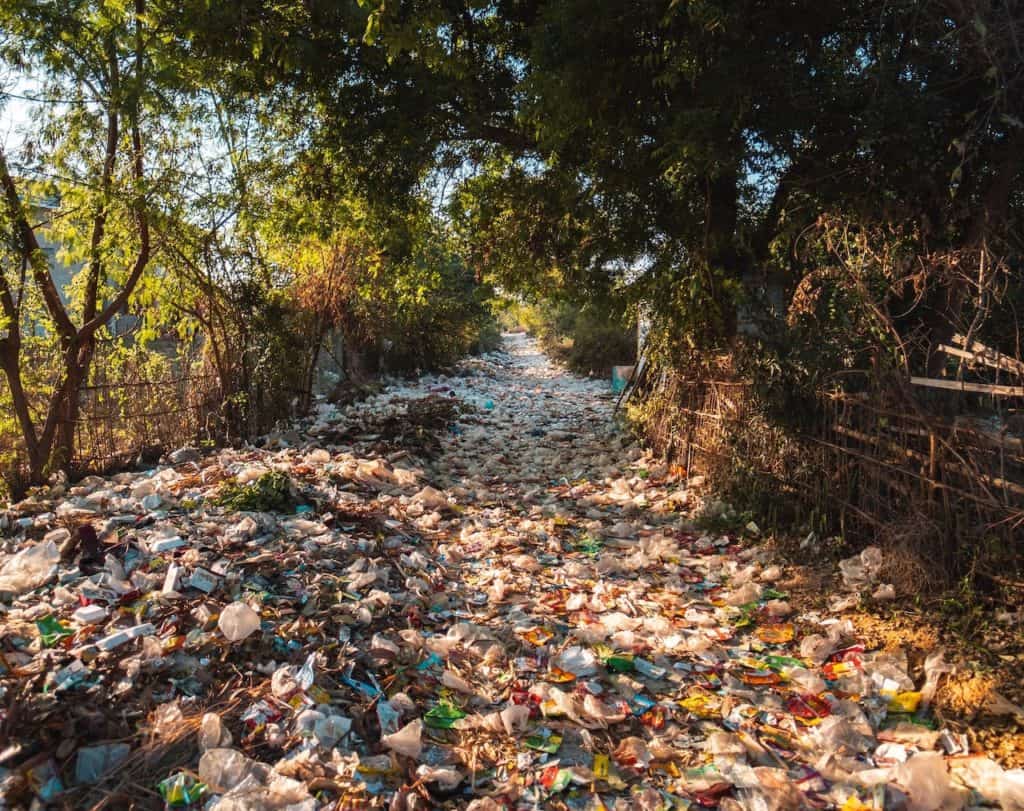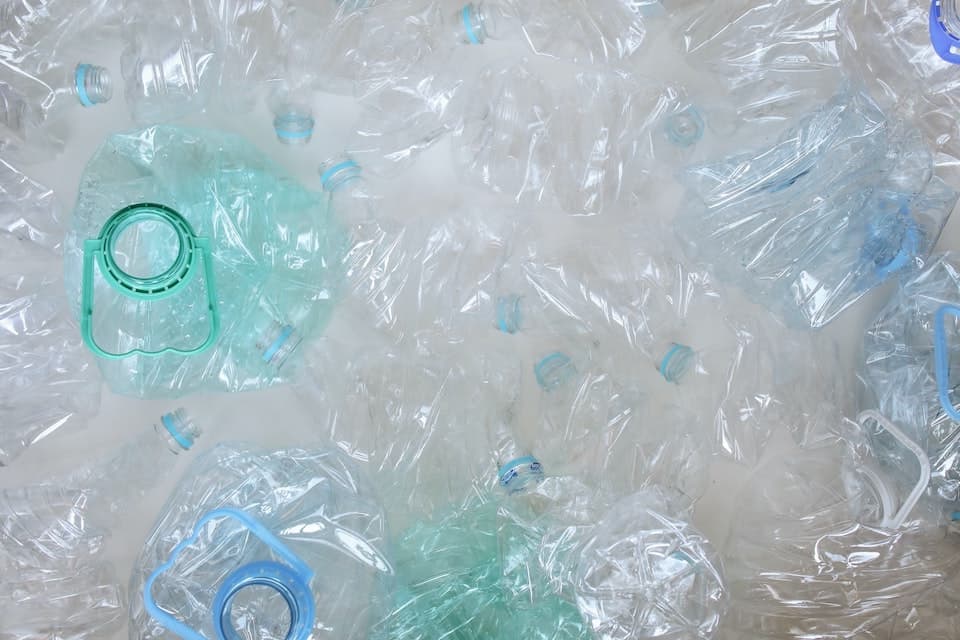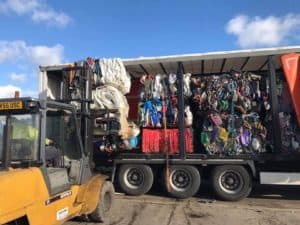This week we visit Copenhagen, Denmark. Velkommen!
On our virtual journey, we explore recycling and sustainability in a city that has been deemed by many to be the first city with a realistic chance of reaching carbon neutrality.
Wind Power
There’s a myth out there that wind farms are noisy and ugly, which is why Copenhagen’s sustainability believers are working hard to improve their image. Anybody who has seen a power plant that utilizes fossil fuels should laugh at the notion of wind farms being ‘ugly’. Those grey towers, throwing out plumes of smoke and steam are hardly beautiful, they are an eyesore. One of Copenhagen’s solutions is to take concerned members of the community to on-shore wind turbines and demonstrate their minor noise impact.
The target set for the whole is Denmark is to produce 50% of the country’s electricity through wind power. Copenhagen alone has a target set to build 100 wind turbines over the next few years, which is quite a small target when you consider it takes only around 9 hours to build one.
Luckily, support for wind farms is at an all time high in Copenhagen. Thanks to that, the pilot scheme for Danish wind farms was a huge success, and by involving the community, the project gained even more support. This is what happened:
‘The first wind farm at Middelgrunden, created a Wind Turbine Cooperative half-owned by the city owned utility company, with half the shares sold to 8,650 members of the local community. Each of the shares represents production of 1000 kWh/year and was sold for 4,250 DKK’ (£500)
The wind industry: employs over 25,000 people in Denmark, is growing 30% in size each year, involves of 350 domestic manufacturing businesses and designs almost half the world’s wind turbines. The profit made on the first wind farm was recycled into other environmentally beneficial schemes.
In Copenhagen there is a metro population of 1.9 million people. There are also 430,000 apartments powered by wind power each year. Putting two and two together, you’d have to think that at least half the population are drawing their domestic energy from wind power?
Cycling
In a recent ‘Solutions for Sustainable Cities’ proposal, this was said about cycling in Copenhagen:
Cycling has always been a Danish tradition, but Copenhagen has gone one step further and made cycling integral to urban planning and design. In fact, it has a target to increase cycling’s ‘traffic modal share to work and education’ from 36% in 2007 to 50% by 2015. As a result, despite Danes enjoying some of the highest average levels of wealth in the world, the majority choose low- expense, but quick and convenient cycling, as their preferred way of getting around.
The first cycle lane was constructed in 1896, and was probably one of the first of it’s kind in Europe, if not the world. Back then, the issue with that cycle lane was that it competed for road space with horses, but now it’s a different kind of beast. To stop the squabbling over road space, Copenhagen built separated cycle-ways; 369km of them.
A ‘greenwave’ allows cyclist to travel at 20 km/h consistently on certain routes even when cars cannot. In 2009, cyclists in Copenhagen travelled over 1.2 million kilometres each day. The figure now could be over 1.5 with all the innovations introduced.
If you think Amsterdam is the capital of European city recycling, you’d be wrong. 36% of Copenhagen’s daily commutes are made via bicycle, compared to 22% in Amsterdam.
Domestic glass, paper and plastic recycling
A lot of people in the recycling world will already know that the Danish are pretty enthusiastic when it come to recycling. This is due, in part, to the nation being so small and devoid of space; the people are not fond of landfills, and that can be reflected through some very impressive landfill statistics.
Before we talk about landfills though, it’s important to talk about what the Danish do recycle. Aluminium cans, all sorts of plastics, glass, clothes, garden waste and large electronics are all recyclable through Copenhagen’s clever waste management process.
A deposit is paid on every plastic bottle in Copenhagen, meaning that when you return the plastic, you get paid! The same goes for aluminium cans and some glass bottles (wine and liquor aren’t included). This idea is being replicated all over the world, and is a truly effective means of keeping smashed glass and litter off the streets. It can also help the homeless, and has been utilized in some parts of the world to keep them from loitering and keeping them active.
There is a waste collection every week, paid for through the city-folk’s taxes, but unlike in the UK, it doesn’t include recyclables. Glass, paper and plastic recycling is done through a drop-off system in collection banks all over the city. Even those who don’t feel they are particularly ‘green’ recycle almost sub-consciously, knowing that unless they deposit their materials, they will soon have a build up!
Copenhagen’s bottle return machines are known as ‘flaskeautomats’ and are usually found in supermarkets and in secure parts of neighbourhoods. The money that is returned on these materials seems to be enough incentive for Copenhagen’s community, as they manage some pretty impressive recycling rates.
Check out a Flaskeautomat below
Plastics that aren’t recycled by the machines aren’t redundant, plastic recycling can still be a viable option, it just requires a bit more effort. In each of Copenhagen’s neighbourhoods is a ‘Genbrugplad’, which means recycling centre, accepting empty and clean plastic bottles in a separate deposit box. The same system applies to food cans and paper (including phone-books and magazines).
That old phrase ‘nothing is free’ may not apply to Copenhagen, where recycled clothing is donated and can be taken from for free in a ‘swap centre’. Even better than that is the result of garden waste, which is composted by the local authorities and then often given out for free as compost!
Incineration
Denmark burns more waste than any other country in Europe, which is amazing for a country with a population of 5.6 million people. When you look further into it though, it doesn’t seem so wild, in fact, Denmark and Copenhagen’s waste management system is almost completely designed around burning waste for energy.
Depending on your personal beliefs, incineration is either a brilliant way of harnessing energy from items and objects that are no longer needed, or it is an awful method of waste treatment that is bad for the environment. Copenhagen’s idealogy supports the former, which is why in 2009, of the 209,000 tonnes of household waste collected, only 3,000 were sent to landfill, 53,000 were recycled and 153,000 were incinerated.
In 2009, 57% of total waste in Copenhagen was recycled, which is truly an astounding figure, but it’s even more impressive to know that only 18 tonnes of waste went to landfill and special treatment. 25 years ago, Copenhagen sent over 40% of their waste to landfill, so to see the figure exist now at less than 2% is a feat worthy of credit.
For all of the statistics and facts about recycling, landfill and incineration, there is only one key thing to remember. At some point over the last couple of decades, Copenhagen began educating their communities to see waste as a resource, rather than a burden. The people now know that the more waste they produce, the lower their taxes will be. That may seem like a backward idea, but the more waste they burn and convert to energy, the more power can be sold to cover the costs of waste management. If people started reducing, it would start costing them more.
Our major issue with incineration is that if you know that your council is burning everything you throw in the bin, why would you make the effort to go out any recycle. That’s a pessimistic view, and only applies to a portion of the population, but it is a reality. Remember burning plastic is 4% as energy efficient as plastic recycling.
It may take another wave of education to change that philosophy, but for now, it works, and it’s better than many of the world’s cities current practices.
This city and many others will be featured in a book Plastic Expert will be releasing next year. We have interviewed recycled material artist and Copenhagen resident Thomas Dambo for this chapter, the start of which you can see below…
Hi Thomas, what do you know about sustainability in Copenhagen?
Quite a lot! I’m involved in a lot of different projects focused around recycling, re-greening and wildlife in Copenhagen. I’m that guy who does stuff, tries stuff and builds stuff, I also know what’s going on in the streets and in the waste containers.
I believe that the changes you see now are linked to the fact that all Danish designers, architects and engineers have been taught about sustainability on a large scale at the universities during the last 10 years. This means that a lot of the ideas and businesses being built up has a focus on sustainability.
This is just a few new small businesses, but they all thrive of the sustainability buzz and some of this new businesses are definitely going to have an impact on the future. I’m talking about businesses like that of my friend Mads Boserup of TagTomat (rooftop tomato) who now has 2 employees working with urban gardening. My friend Philit is working with bio diversity in his company Habitas and then there’s also the story about The Bullitt Bike*! All businesses with an impact on the environment and business that in some way ore another consult larger businesses in thinking green.
*The Bullitt Bike is a cargo bicycle designed in Copenhagen, which has now gone global.

